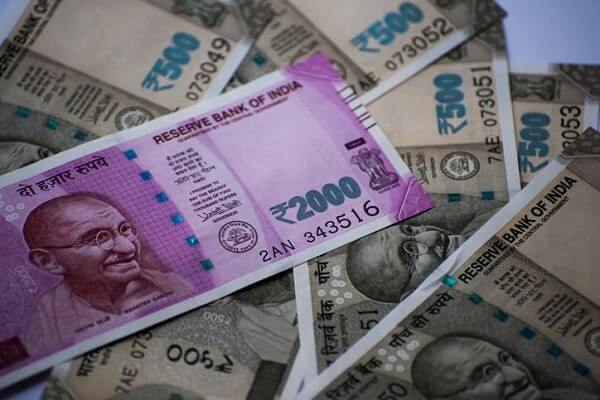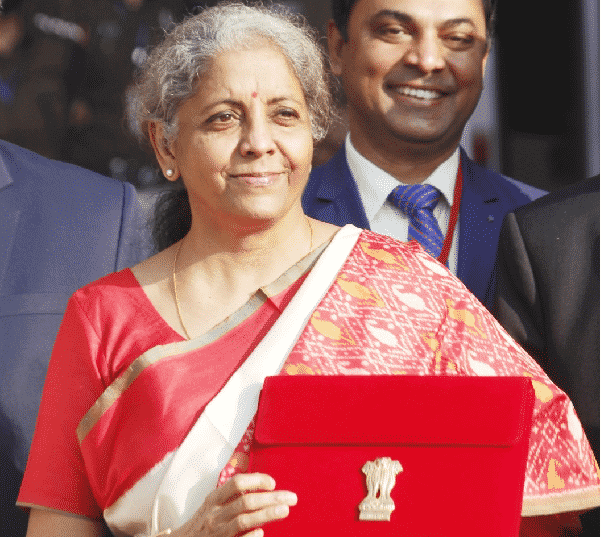In her third budget presentation in the Parliament on 1 Feb, Indian Finance Minister Nirmala Sitharaman proposed to unleash massive fiscal expansion in 2021-22 on the back of high borrowings, fire sales and an agricultural cess.
However, no adverse impact is set to come on prices as the Centre made prior duty adjustments before imposing the cess.
The Centre will go in for a massive spending spree on infrastructure creation, healthcare, education and demand generation to revive India’s pandemic-battered economy.
AT A GLANCE
- Budget promises tax reliefs for senior citizens, non-resident Indians (NRIs)
- Manufacturing, investments strengthened to assist post-COVID economy
- Citizens remain concerned about budget’s impact on inflation and price rises
“The kind of attention given to the health sector in the budget is commendable and futuristic. The lesson from the Covid-19 pandemic is that our health services should be better. The government took this message and increased the health sector budget by 137 per cent, which is a record in the country’s budgetary history,” said Dr Swati Maheswari, a health expert.
The first budget after the Covid-19 outbreak got a thumbs-up from India Inc with the equity markets jumping around 5 per cent in the day’s trade.
The biggest take-away from the budget has been the Centre’s aggressive push to revive the economy via higher outlay for capital expenditure.
The FM proposed to increase capex by 34 per cent in Budget 2021-22 in comparison to the previous fiscal BE (Budget Estimate).
In her Budget speech that lasted for around 1 hour and 45 minutes, Sitharaman doled out enormous amounts for railways, roadways, healthcare, education as well as the agriculture sector.
Capex alone has been proposed to be increased to Rs 5.54 lakh crore from Rs 4.12 lakh crore spending target in BE FY21.
The Finance Minister proposed to institute a ‘Land Bank’ monetisation company along with an asset management and reconstruction company or a ‘Bad Bank’ and a Development Financial Institution (DFI) which will fund infra projects.
Besides, the Finance Minister proposed to relax certain conditions which prohibited private funding, restriction on commercial activities, and direct investment in infrastructure to attract foreign sovereign wealth and pension funds to invest in domestic infra projects.
She laid out a new import structure along with proposals for a conducive environment to usher in investments into Fintech, insurance and start-ups.

Further, Sitharaman proposed to give relief to those Non-Resident Indians who have returned to India but face hardship of double taxation (taxed on the same income in India and their country of residence) on money accrued in foreign retirement accounts.
Also, NRIs will be allowed to operate One Person Companies (OPCs) in India, a move that could benefit entrepreneurs who are interested in entering the Indian market.
The minister set aside Rs 20,000 crore for public sector bank re-capitalisation and gave a push to digital payments and research in Artificial Intelligence.
She also announced a vehicle scrappage policy, hydrogen energy mission and rationalisation of customs duty structure by eliminating outdated exemptions.
On the personal tax front, exemption was proposed from filing income tax returns for senior citizens with age of 75 year and above, and who only have pension and interest income.
The dividend payments to Real Estate Investment Trusts (REITs) and Infrastructure Investment Trusts (InvITs) from tax deduction at source (TDS) have been exempted.
Apart from exemptions, the budget envisages constitution of a Dispute Resolution Committee for small taxpayers.
“There is a lot in the budget for health, education, agriculture, industry, transport and infrastructural development. The scope of income tax exemption was expected to increase but nothing happened. Anyway, the government is short of funds at this time,” said Anil Lamba, a financial affairs expert.
In terms of shoring up the Centre’s revenues, Sitharaman proposed an asset monetisation pipeline.

She also set a massive divestment target of Rs 1.75 lakh crore.
However, Covid-19 prevented the Centre in achieving the FY21 target, with collections only coming in at Rs 19,499 crore.
In FY22, the Centre plans to divest two public sector banks, as well as a state-owned general insurance company.
Even the IPO route will be considered for LIC to augment falling revenues.
Sale of certain projects such as city gas pipelines, roads and ports are expected to give some relief to the Centre.
An Agriculture Infrastructure and Development Cess on excise and customs duties will kick-in to augment the Centre’s coffers.
Consequently, the fiscal deficit for next year is set at 6.8 per cent from 9.5 per cent for FY21, out of which the Centre plans to borrow Rs 80,000 crore by the end of the current fiscal.
However, IANS polls suggest the Union Budget for 2021-22 has not enthused the common man. Forty-five per cent of the respondents said they are not satisfied with the Budget. They voiced concerns that the budget will not curb inflation and price rises in the country.
IANS




